New hope for a vanishing species
Habitat destruction, introduced predators like foxes and cats, and shrinking food sources all contributed to its near extinction. By the early 2000s, the species survived only in small, isolated populations in the southwestern corner of Western Australia.
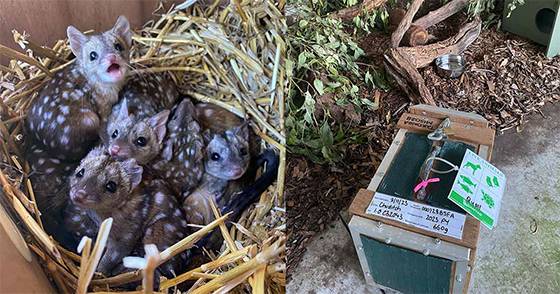
Now, a breakthrough at Mt Gibson Wildlife Sanctuary has given conservationists new cause for optimism. A team of ecologists recently discovered a litter of healthy, spiky western quoll babies in the sanctuary—proof that their ambitious reintroduction project is working. The finding signals that the quolls are not just surviving in their new environment but thriving and reproducing naturally, marking an incredible step toward reviving one of Australia’s most iconic carnivorous marsupials.
The importance of the western quoll
The western quoll (Dasyurus geoffroii) plays a vital ecological role in Australia’s natural systems. As a native predator, it helps maintain balance by controlling populations of insects, reptiles, and small birds. This balance prevents overpopulation and supports biodiversity across its habitat. Despite its importance, the quoll’s decline was swift and severe—driven by human expansion and the introduction of non-native species that preyed on them or competed for food.
Western quolls are nocturnal hunters, recognized for their spotted coats, sharp claws, and inquisitive nature. They are agile climbers and skilled foragers, capable of taking down prey their own size. In the past, their range extended across much of mainland Australia, but by the 20th century, they had disappeared from nearly all of it.
Conservationists have long hoped to restore these marsupials to their historical range. However, such efforts require not only reintroduction but also long-term habitat protection, predator management, and careful monitoring.
A breakthrough at Mt Gibson Wildlife Sanctuary
Located on Badimia and Widi Country in Western Australia, Mt Gibson Wildlife Sanctuary has become a refuge for many endangered species. Managed by the Australian Wildlife Conservancy (AWC), the sanctuary is fenced to exclude invasive predators, creating a safe haven for native animals.
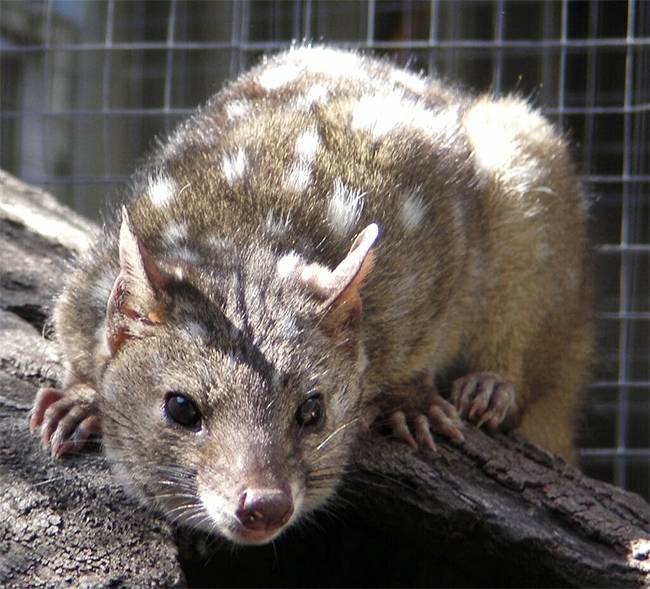
Over recent months, researchers released a number of western quolls into this protected environment, carefully tracking their behavior using camera traps and monitoring data. The discovery of baby quolls in the wild marks the first confirmed breeding event since the reintroduction—a powerful sign of success.
“Through regular monitoring, we can see the quolls are doing well at the sanctuary, and encountering the first pouch young is a positive sign that they have adjusted to the new environment,” said Georgina Anderson, AWC Senior Field Ecologist.
Anderson also shared a story about one of their most recognizable residents, a male quoll named Aang. “He’s one of our largest and most striking quolls, full of personality—often raiding multiple sites for chicken lures and disrupting our bait canisters,” she said. Such lively behavior is a strong indicator of a confident, healthy animal thriving in its surroundings.
Restoring balance to Australia’s ecosystems
The successful breeding of western quolls at Mt Gibson represents more than just the survival of a single species. It’s a glimpse of what can happen when conservation initiatives are guided by science, respect for Indigenous land, and long-term commitment. The return of these predators can help restore natural ecological balance, reducing populations of smaller animals that often become pests in the absence of native hunters.
This recovery effort also highlights the importance of sanctuaries like Mt Gibson, where endangered species can be reintroduced safely. The Australian Wildlife Conservancy’s collaborative approach—with Indigenous communities, researchers, and conservationists—has created a model for saving other declining species across the country.
With continued monitoring and protection, experts believe the western quoll could once again expand beyond the sanctuary’s boundaries, reclaiming parts of its historic range across Australia.
A hopeful future for Australia’s wildlife
The birth of western quoll babies at Mt Gibson is a rare conservation victory—one that proves that hope and persistence can turn the tide for even the most threatened species. These tiny marsupials symbolize resilience, adaptation, and the power of dedicated ecological work.
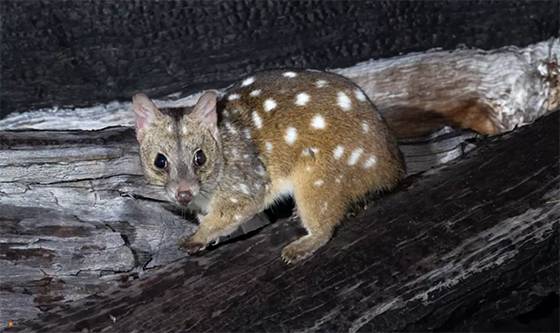
As Anderson and her team continue their monitoring, Australians across the nation can take pride in seeing one of their native species given a second chance. With sustained support, education, and habitat protection, the dream of seeing western quolls roam freely across the continent may soon become a reality.

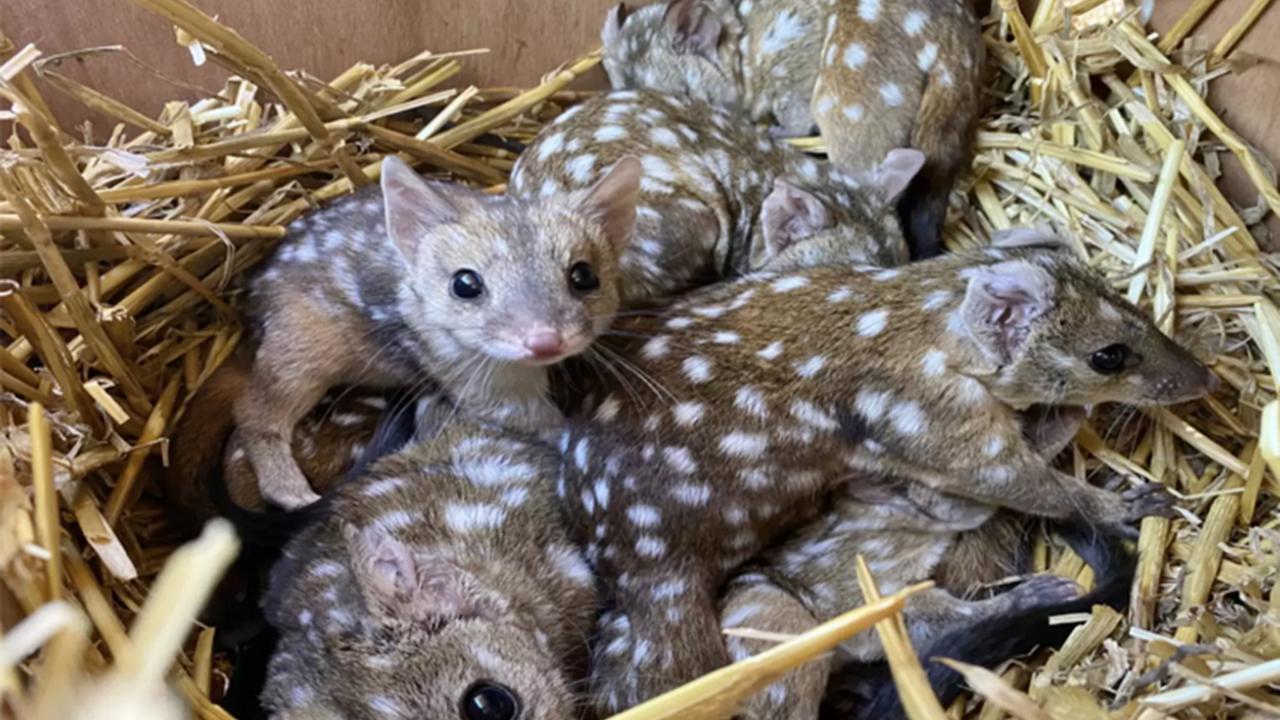

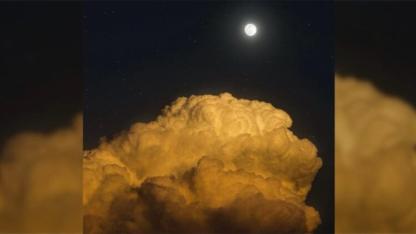
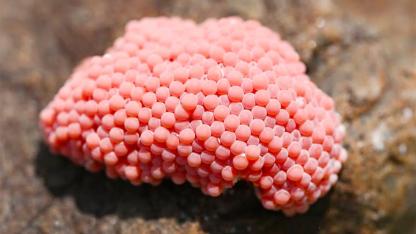

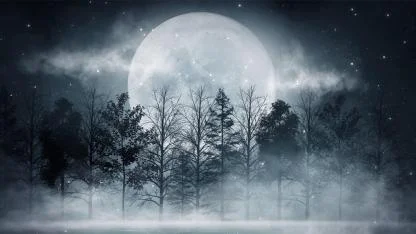
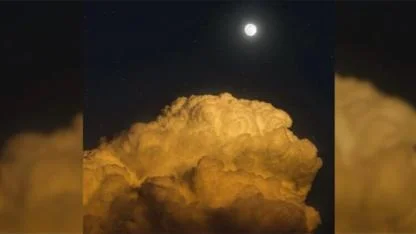
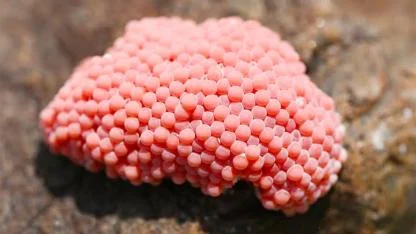


Yorumlar
Kalan Karakter: